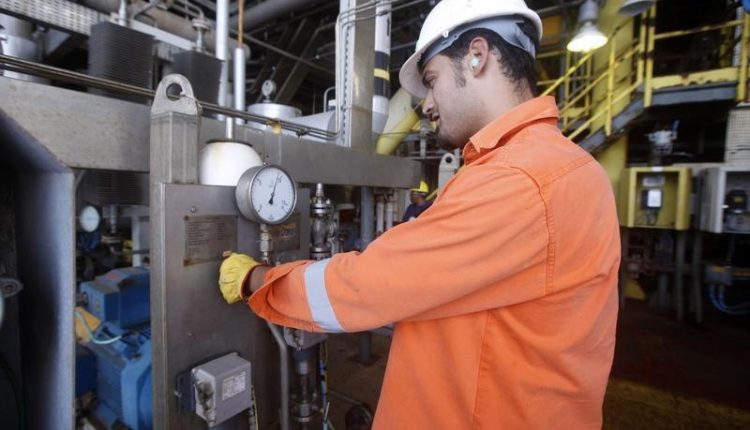© Reuters.
The United States and Iran have recently taken significant steps towards improving their strained relationship, a development that could have substantial implications for the global oil market. The U.S. has released Iranian prisoners held domestically, while five American prisoners in Iran were freed and transported to Qatar earlier this week. Additionally, the U.S. has agreed to release $6 billion in Iranian oil revenue previously frozen in banks.
This agreement comes as the international oil prices exceed $90 per barrel, with Iran being the world’s third-largest holder of oil reserves after Venezuela and Saudi Arabia. Despite U.S. sanctions related to its nuclear enrichment program, Iran’s oil exports have been steadily increasing over the past year. Analysts suggest that the Biden administration has been lenient in enforcing these sanctions to enhance global oil supplies and exert a deflationary effect on oil prices.
Iran currently exports at least 1.5 million barrels of oil daily, a significant increase from its 2019 levels. Its total production surpasses three million barrels per day, a modest yet critical part of the 100-million-barrel-per-day oil market as it offsets reductions by other producers like Saudi Arabia, which has cut its output by over two million barrels a day.
The potential for further growth in Iranian production could put additional downward pressure on oil prices. The U.S., Europe, and Iran have considered lifting oil sanctions that were reinstated after former President Donald Trump withdrew from the Iran nuclear deal in 2018. However, tensions have recently arisen over Iran’s nuclear inspection program.
Over the weekend, the International Atomic Energy Agency reported that Iran had revoked the designation of several inspectors, effectively removing about one-third of its most experienced inspectors designated for Iran. In response, the U.S. State Department issued a warning on Monday advising Americans against traveling to Iran.
If an agreement is reached regarding sanctions, analysts predict that Iranian supply would likely increase further. According to Citi analyst Ed Morse, a formal deal could restore up to 1 million barrels a day of and condensate production over a 6-9-month period. Morse does not anticipate a nuclear deal before the 2024 presidential election but predicts that oil prices will average $74 per barrel next year as production from Iran, Libya, Nigeria, Venezuela, and Iraq—collectively referred to as the “Fragile 5″—increases by 1.3 million barrels a day.
This article was generated with the support of AI and reviewed by an editor. For more information see our T&C.
Read the full article here

